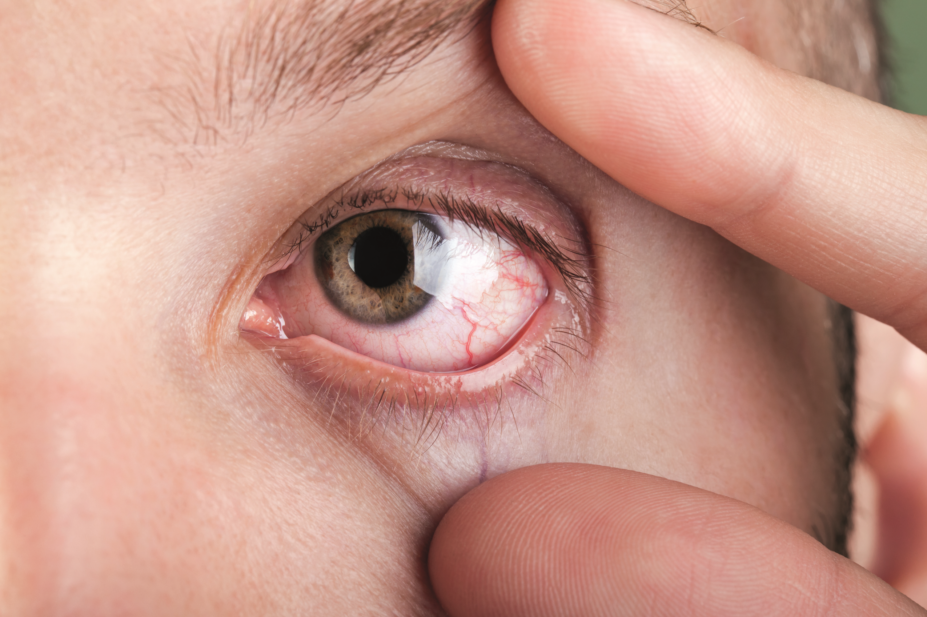
Shutterstock.com
Dry eye affects one in four people; however, those living with the condition have limited treatment options.
According to research presented at the American Academy of Ophthalmology Annual Meeting (12 November 2017), a team of researchers studied the efficacy of a neurostimulator device for increasing tear production in people with moderate-to-severe dry eye[1]
.
The team showed that, in a one-day crossover study with 48 patients, applying the device intranasally resulted in significantly greater tear production (25.3mm/min) compared with both a placebo device (9.2mm/min) and applying the device extranasally (9.5 mm/min).
The researchers followed 97 patients who used the device over 180 days, finding significantly greater tear production following neurostimulation than previously (17.3mm/min vs 7.9 mm/min).
No serious device-related adverse events were reported.
The team said the results indicated that the neurostimulation technology increased acute and long-term tear production in dry eye.
References
[1] Holland E, Baba S, Senchyna M et al. Intranasal tear neurostimulation for subjects with dry eye disease: results from 2 pivotal clinical trials. 121st Annual Meeting of the American Academy of Ophthalmology, New Orleans, Louisiana, 11–14 November 2017


